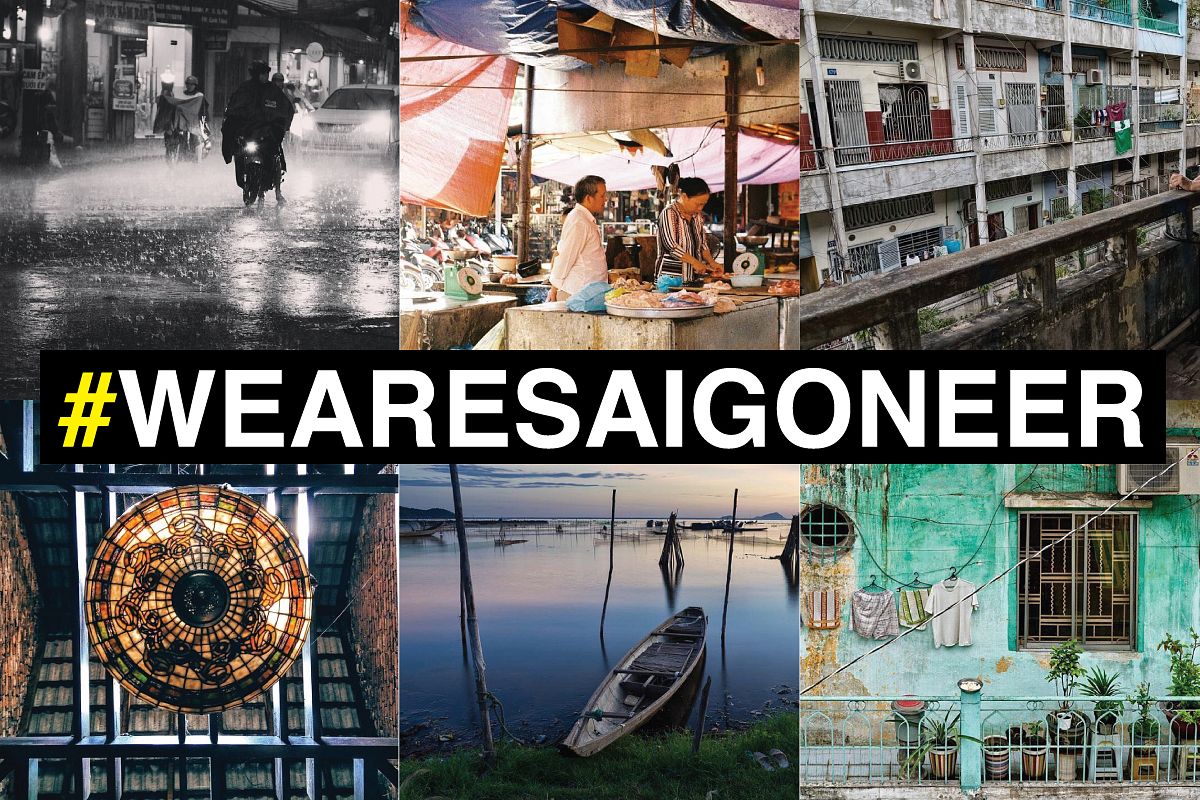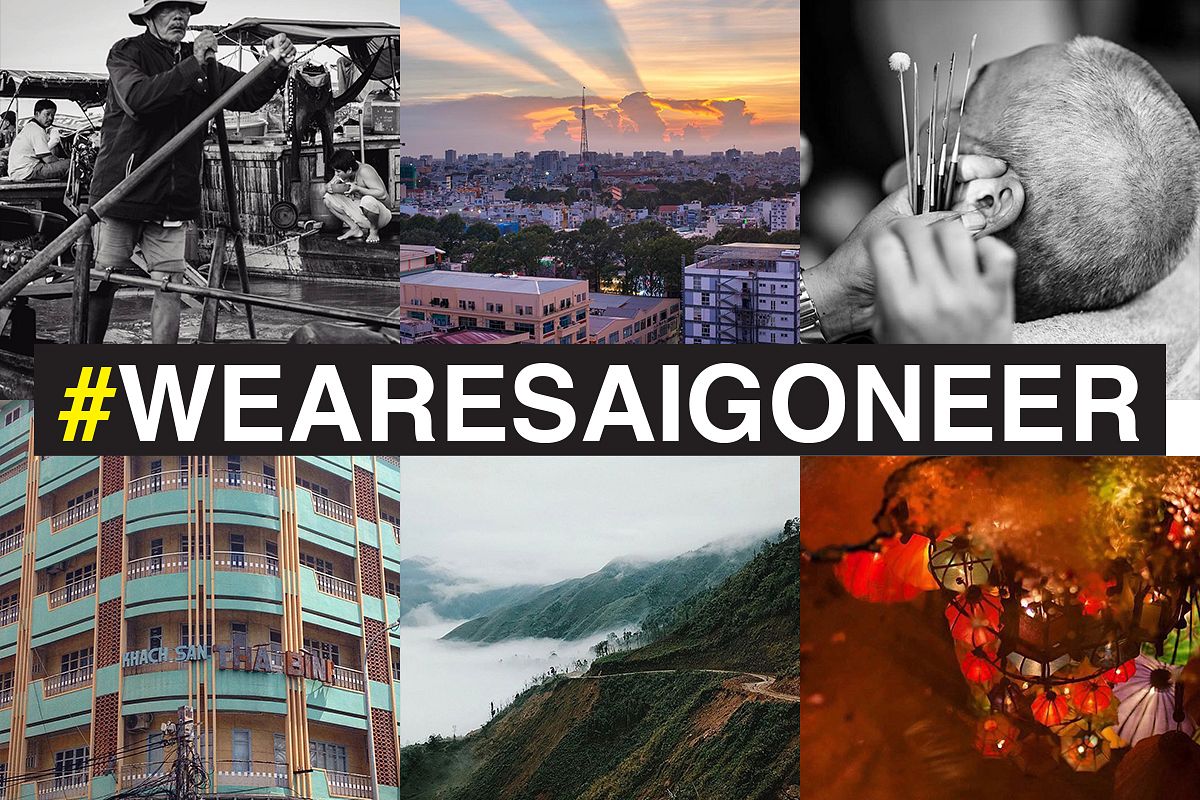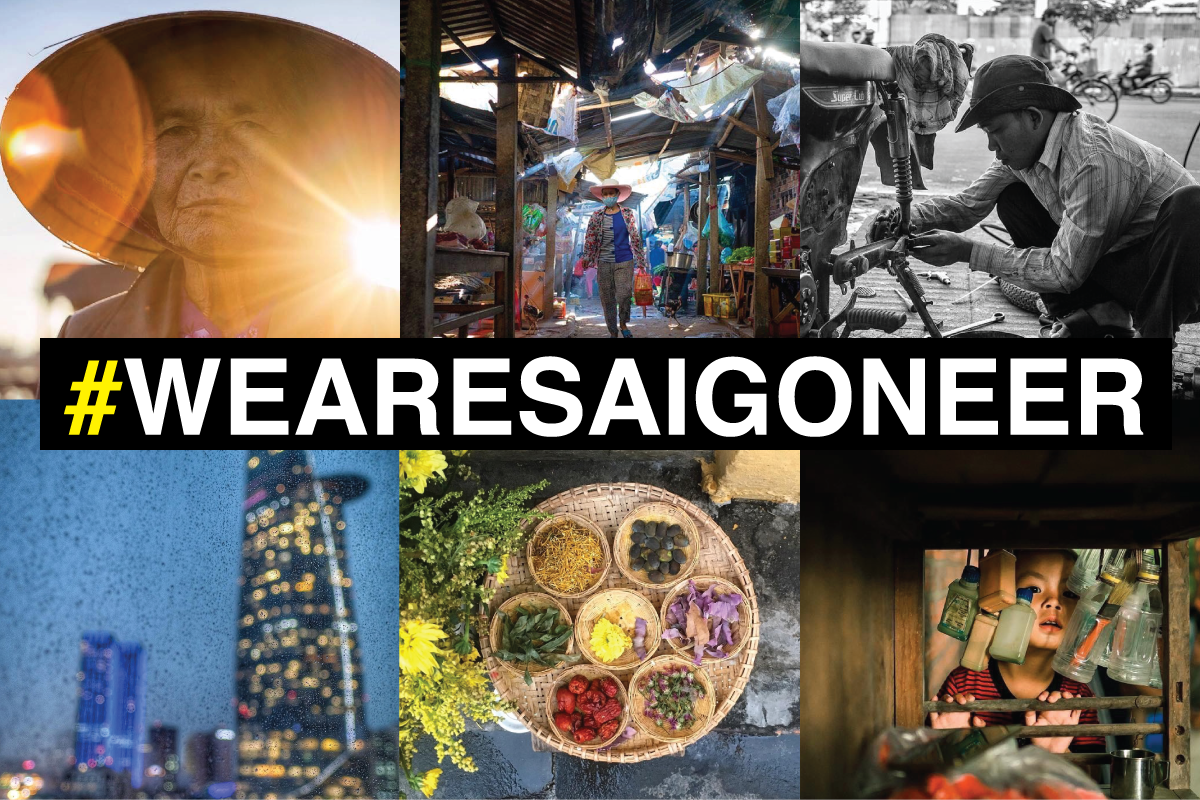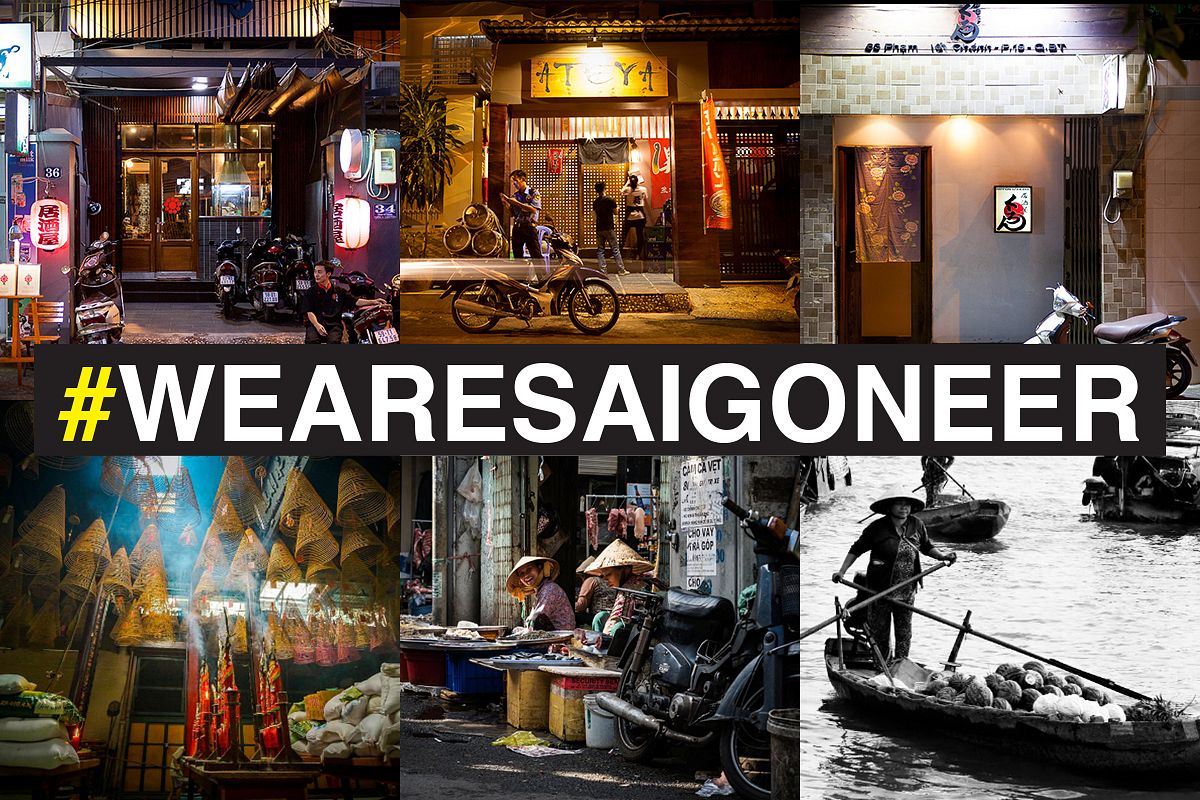About half-way through The Housemaid (Co Hau Gai) I felt an odd sensation. It wasn’t from the gore and panic on display in this horror film but from the fact that not once had there been an overt mention of the ongoing First Indochina War. Set in 1953, the year before Dien Bien Phu, the war occupies the central driving force of the film’s plot but references to it are only found in the margins and allegorical dark corners of the narrative.
When Linh (Nhung Kate), the protagonist, arrives at a French-owned rubber plantation looking for work, she explains that all of her family has been killed. But not once does she say by whom or how. When Captain Sebastien Laurent (Jean-Michel Richaud), the plantation’s owner, arrives wounded from battle, there is – again – neither an overt reference to which battle nor a gentle nudge from the director to inform the audience about what was taking place in Vietnam during this period. Much like a specter seen on the periphery of one’s vision, the First Indochina War is in the shadows throughout the film, haunting but never distinguishable.

Jean-Michel Richaud (left) plays Captain Sebastian Laurent with Linh, the titular housemaid, played by Nhung Kate (right). Photo via ELLE.
This, by no means, is an error by director Derek Nguyen. Rather, it is subtle proof of the quality of The Housemaid, which was released in America on February 16; its Vietnam release was in 2016.
Horror films, if one leaves aside the gore and thrill, often attempt to deal with the ignorance of the past commingled with concerns about the present. Just think of how the plots of most international horror films revolve around the protagonists not knowing what past actions happened in their new homes only to find their present rendered helpless by this ignorance; the same trope is employed by Vietnamese horror films, too.
History, also, is integral in the development of Vietnamese horror films (phim kinh dị). They were popular in Saigon before Vietnam’s unification in 1975; Vo Doan Chau’s Stone's Tear (Le Da) and Le Hoang Hoa’s Hua Family's Ghost (Con Ma Nha Ho Hua) were among the finest examples from this era. But after 1975 the genre was rendered stillborn when Hanoi ruled spiritual beliefs, or mê tín dị đoan, to be morally backward and in opposition to the country’s new future.
But since the 1990s we’ve seen a revival of the genre. Le Mong Hoang’s House of Gross Injustice (Ngoi Nha Oan Khoc) laid the path in the 1990s, but it was in the last two decades that the genre really took off. In 2007, Muoi: The Legend of a Portrait, a Korean-Vietnamese produced a film (though more of the former than latter) that tested the censors when it received the first age-rating in Vietnamese film history. Victor Vu’s Bi Mat Tham Do (Scandal), released in 2012, went on to receive eight awards from the Vietnam Cinematography Association. Ham Tran’s Hollow (Doat Hon) beat Hollywood blockbusters at the local box office during the first weekend of its release in 2014.

Muoi (2007). Photo via AFamily.

Scandal (2012). Photo via Linkngon.
But despite the genre’s relative success in Vietnam, it has received scant attention from both critics and academics, especially when compared to similar titles from Japan, South Korea, and Thailand. “Diasporic Returns and the Making of Vietnamese American Ghost Films in Vietnam,” an essay published in 2016 by Lan Duong, of the University of California, is arguably the best exploration of recently produced Vietnamese horror films.
Duong’s focus is on House in the Alley (Ngoi Nha Trong Hem), a film directed by the filmmaker Le Van Kiet and released in 2012. The film opens with the graphic birth of Thao’s stillborn child, before depicting the leading couple’s attempt to settle into their new Ho Chi Minh City home. This is set against a backdrop of industrial strife as the employees at a factory owned by Thanh (Thao’s husband) are in revolt. For Duong, the eponymous haunted house is a manifestation of “the state’s project of rapid urban development.” The film’s inclusion of labor disputes, meanwhile, serves to show that “the specters haunting postsocialist Vietnam are the workers whose value as laborers has been resignified in the country’s move to globalize the economy in recent years.”
Duong’s comments are not to be taken as mere academic posturing. Indeed, it ought to be remembered that spectral analogies have long formed a conspicuous part of the Communist lexicon. Karl Marx opened his Communist Manifesto: “A specter is haunting Europe – the specter of communism. All the powers of old Europe have entered into a holy alliance to exorcise this specter.” Consider also the fact that many Vietnamese horror films are set in Ho Chi Minh City: with some reshuffling of Marx’s uttering, HCMC could be said to be the site where the “specter” of unchecked capitalism is now haunting Vietnam.
The official trailer of House in the Alley (2012). Video via YouTube channel CGV Cinemas Vietnam.
The revival of the horror genre in Vietnam, one chiefly led by the Vietnamese diaspora, is part ongoing ruminations about (if I may use a cliché) the ghosts of the past. Returning to House in the Alley, Duong had the following argument: “The upwardly mobile couple is stricken with not only grief but also social amnesia; they are unaware of the deaths of children that have occurred in their home before they moved into it.” She adds shortly afterward: “[The haunted protagonists] are punished for neither knowing their home’s history nor reconciling with its past life before they work to reconstruct it.” Or, to put it more succinctly, “Modernity has a grave problem with memory.”
Local authorities' decision to now tolerate horror films, specifically those with a supernatural bent, is part of a much broader acceptance of past beliefs. Important here is Alexander Woodside’s argument that since the 1980s, and particularly since the beginning of this century, Vietnam has turned to what he calls “cultural neotraditionalism.”
The importance of customs and beliefs, the argument goes, has been reconsidered as integral in the lives of the Vietnamese in order to insulate Vietnam from the forces of globalization. Take the fact that in House in the Alley and The Housemaid the protagonists’ bodies become sites for the “dead to occupy,” as Duong writes. In a similar fashion, these films are sites that discussions of the country’s past can occupy.
[Top photo via Hollywood Reporter]














